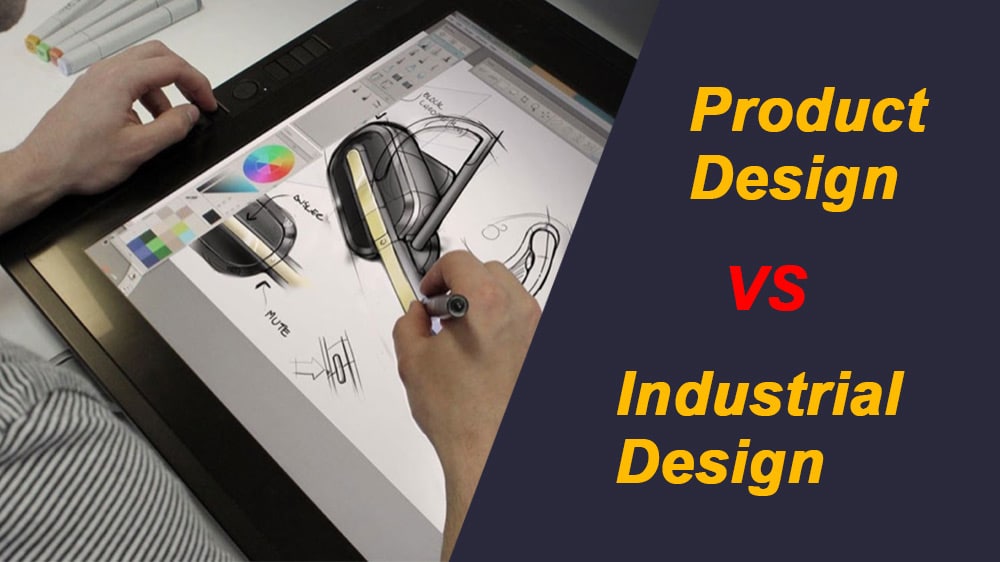
In today’s competitive market, the design of a product can make or break its success.
With consumer preferences constantly changing, businesses must invest in quality design to stay relevant and profitable.
This is where the fields of product design and industrial design come into play.
While these two disciplines may seem similar at first glance, they have key differences that set them apart.
In this article, we will explore the distinctions and similarities between product design and industrial design, helping you make an informed decision on which discipline to choose for your next project.
What Is Product Design?
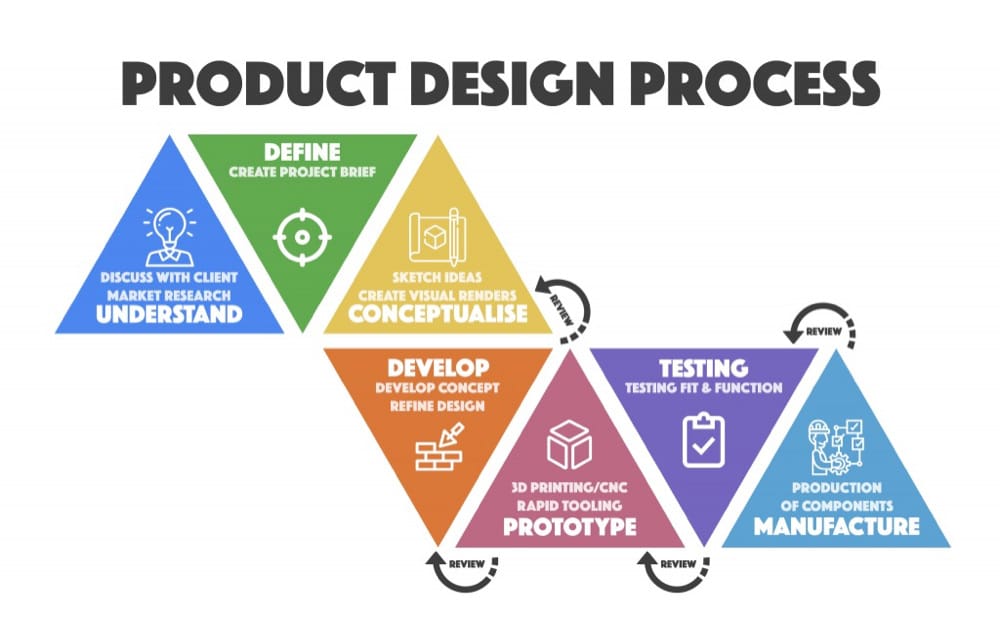
1. Definition and Overview
Product design is the process of creating or improving a product to meet the needs and desires of consumers.
It encompasses various aspects, including functionality, aesthetics, ergonomics, materials, and manufacturing processes.
Product designers work closely with engineers, marketers, and other stakeholders to create products that offer solutions to problems while providing enjoyable user experiences.
2. Key Components of Product Design
- User Research: Understanding the target audience and their needs
- Ideation: Generating creative concepts and ideas
- Prototyping: Developing physical or digital models of the product
- Testing: Evaluating the product’s performance and user experience
- Iteration: Refining the design based on feedback
3. The Product Design Process
The product design process typically involves five stages:
- Discovery: Identifying the problem and conducting market research
- Definition: Establishing the project’s goals, constraints, and requirements
- Development: Creating sketches, models, and prototypes
- Validation: Testing the product with users and gathering feedback
- Implementation: Finalizing the design and preparing for production
What Is Industrial Design?
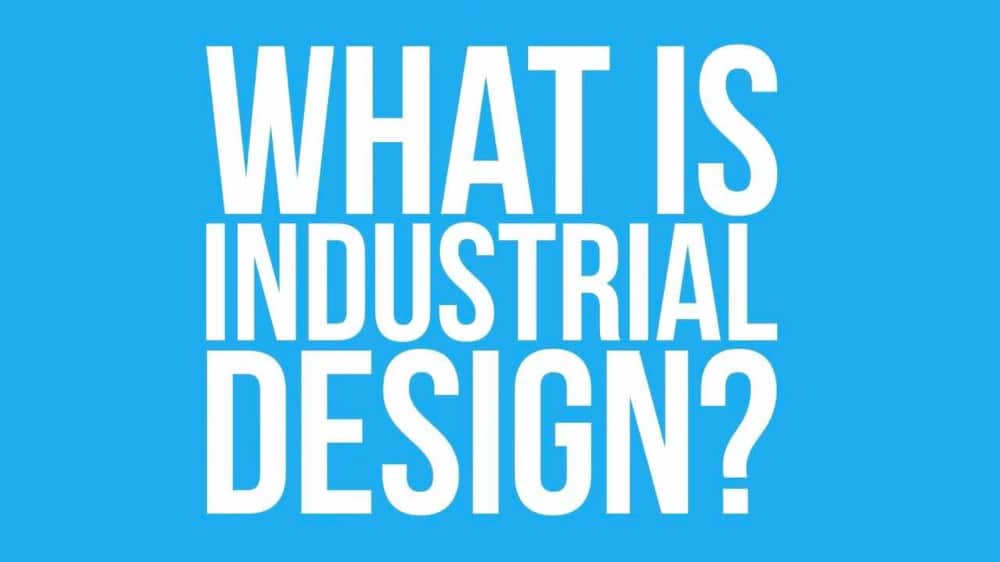
1. Definition and Overview
Industrial design focuses on the physical form, appearance, and functionality of mass-produced products.
Industrial designers work to create products that are not only visually appealing but also ergonomic, efficient, and user-friendly.
They collaborate with engineers, manufacturers, and other specialists to ensure that a product can be produced cost-effectively and at scale.
2. Key Components of Industrial Design
- Aesthetics: Creating visually appealing products
- Ergonomics: Ensuring comfort and ease of use
- Materials: Selecting appropriate materials for production
- Manufacturing: Designing products for efficient mass production
3. The Industrial Design Process
The industrial design process typically involves four stages:
- Research: Understanding the market, target audience, and competition
- Concept Development: Generating ideas, sketching, and creating mock-ups
- Refinement: Developing detailed CAD models and prototypes
- Production: Collaborating with manufacturers to optimize the design for mass production
What Differences Between Product Design and Industrial Design?
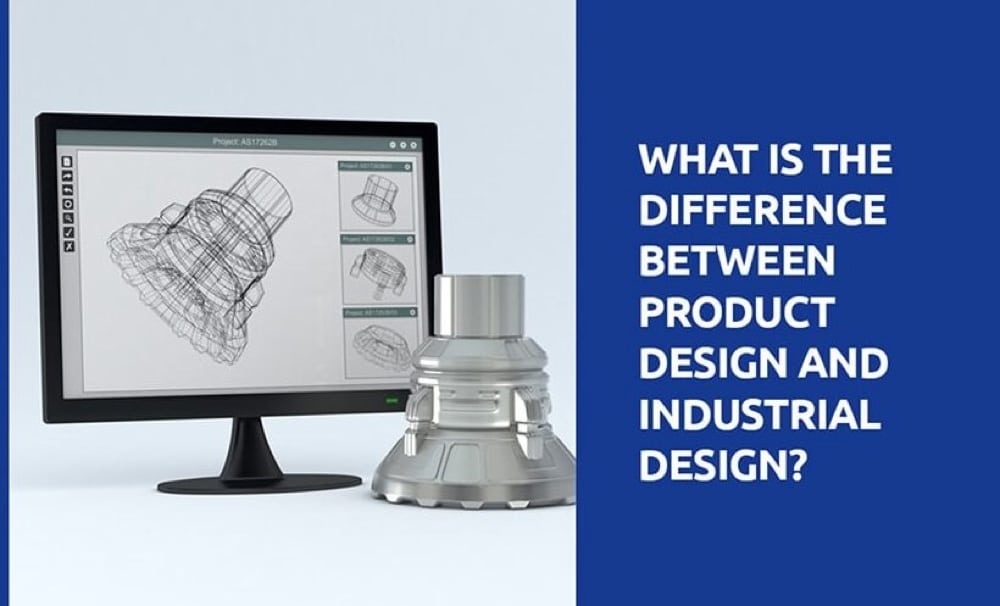
1. Scope and Focus
Product design encompasses a broader scope, focusing on the entire product lifecycle, from concept to production and even disposal.
Industrial design, on the other hand, primarily concentrates on the physical form and appearance of mass-produced products.
2. Skills and Expertise
Product designers often have a diverse skillset, including user experience (UX) design, user interface (UI) design, and engineering.
Industrial designers specialize in aesthetics, ergonomics, and manufacturing processes.
3. Design Goals
Product design aims to create solutions that meet user needs and deliver enjoyable experiences.
Industrial design focuses on creating visually appealing, ergonomic, and efficient products for mass production.
4. Tools and Techniques
Both disciplines use similar tools, such as sketching, CAD software, and prototyping.
However, product designers may also employ UX/UI design tools, while industrial designers often work with materials and manufacturing specialists.
What Similarities Between Product Design and Industrial Design?
- Both fields prioritize the user’s needs and desires.
- Both disciplines collaborate with multidisciplinary teams to create products.
- Both product and industrial designers use prototyping and testing to refine their designs.
How to Choose Between Product Design and Industrial Design?
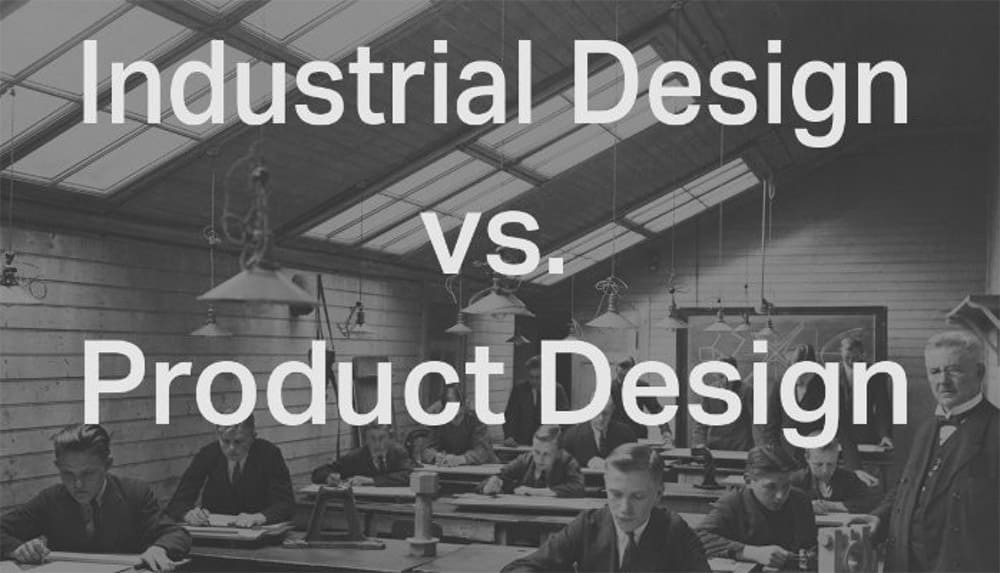
1. Factors to Consider
- Project scope: Is the focus on a single product or an entire product line?
- Design goals: Are aesthetics, ergonomics, or user experience the main priority?
- Manufacturing: Is mass production a primary concern?
2. When to Choose Product Design
Choose product design when:
- The project requires a holistic approach, encompassing user research, UX/UI design, and engineering.
- The focus is on solving a specific problem or meeting user needs.
- The product’s user experience is a top priority.
3. When to Choose Industrial Design
Choose industrial design when:
- The project primarily concerns the physical form and appearance of mass-produced products.
- The focus is on creating visually appealing, ergonomic, and efficient products.
- Cost-effective production and manufacturing are major concerns.
Examples of Product Design and Industrial Design
1. Product Design Examples
- Smartphone user interfaces
- Ergonomic office chairs
- Wearable fitness trackers
2. Industrial Design Examples
- Sleek automobile exteriors
- Modern kitchen appliances
- Stylish furniture designs
The Future of Product Design and Industrial Design
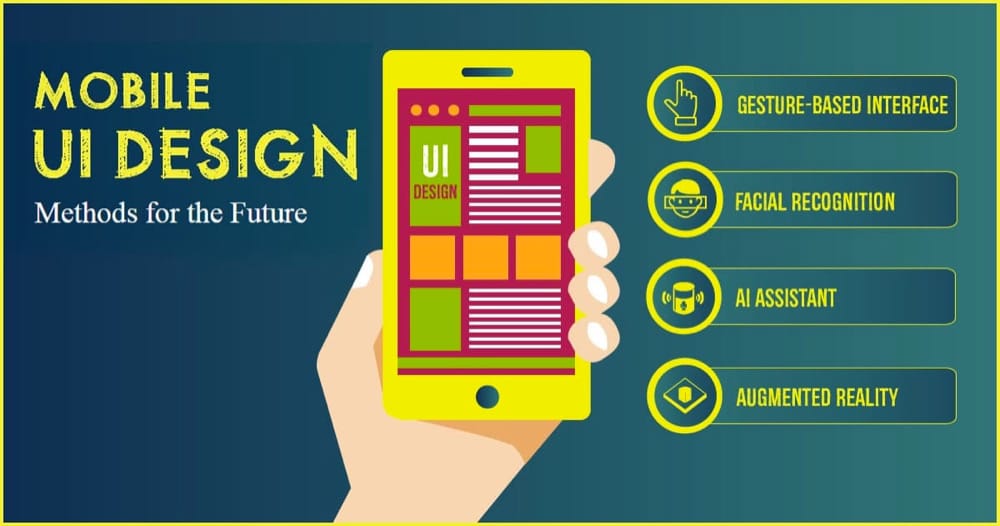
Emerging technologies, such as virtual reality (VR), augmented reality (AR), and artificial intelligence (AI), will continue to shape both product and industrial design.
Designers will need to adapt and incorporate these technologies to create innovative, user-centric products that stand out in the market.
Conclusion
While product design and industrial design share similarities, they differ in their scope, focus, and goals.
Understanding the distinctions between these two disciplines will help you choose the right approach for your project, ultimately leading to a successful and marketable product.
We are Yansourcing, a leading sourcing company in China, dedicated to helping our clients source products from China at the most competitive prices. If you are interested in importing from China, please feel free to contact us.
FAQs
1. Can a designer specialize in both product and industrial design?
Yes, some designers possess skills in both fields.
However, they may choose to focus on one discipline, depending on their interests and career goals.
2. Do product designers need to know how to manufacture products?
While not a strict requirement, understanding manufacturing processes can be beneficial for product designers, as it helps them make informed design decisions and collaborate effectively with manufacturers.
3. How do emerging technologies impact product and industrial design?
Emerging technologies, such as VR, AR, AI, and the Internet of Things (IoT), offer new possibilities and challenges for both product and industrial designers.
These technologies can enhance user experiences, improve functionality, and streamline manufacturing processes.
Designers must stay informed about these advancements and adapt their skills to integrate them into their design processes.
4. What are some career paths for product and industrial designers?
Product and industrial designers can work in various industries, such as consumer electronics, automotive, furniture, fashion, and more.
They may work for design agencies, manufacturing companies, or as freelance designers.
Some designers may also choose to specialize in areas like UX/UI design, sustainable design, or design management.
5. How important is sustainability in product and industrial design?
Sustainability is becoming increasingly important in both disciplines, as businesses and consumers demand eco-friendly products.
Designers must consider factors like energy efficiency, material selection, and product lifespan to create sustainable products that minimize environmental impact.
